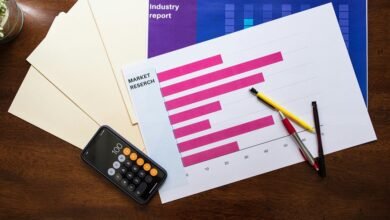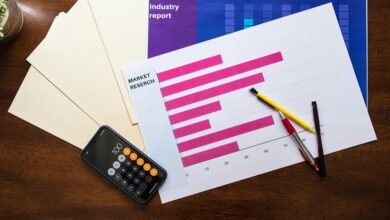1138231761 Call Breakdown: Investigating Mobile Source Origins

The number 1138231761 presents a unique case for analysis within the mobile communication landscape. Its structure may reveal crucial details about its origin, including geographical indicators and potential service providers. Understanding these aspects is vital for assessing the legitimacy of calls from this number. Furthermore, examining ownership and associated affiliations could unveil underlying trust issues. What further insights can be gleaned from this number’s characteristics?
Understanding the Number Format and Characteristics
Understanding the number format and characteristics of mobile sources is essential for accurately tracing their origins. The number structure reveals significant insights, as format variations can indicate different geographical regions or service providers.
Potential Affiliations and Ownership
How might the affiliations and ownership of mobile sources impact their operational integrity?
The analysis of number ownership reveals potential influences on call origins, which could affect trustworthiness and reliability. Entities with vested interests may manipulate these origins for various purposes, undermining transparency.
Understanding these affiliations is crucial for consumers seeking to navigate the complexities of mobile communications while protecting their autonomy and privacy.
Common Reasons for Receiving Calls From This Number
What drives individuals to receive calls from unknown numbers? Often, these calls stem from telemarketing scams, aiming to exploit unsuspecting recipients.
Caller identification systems may fail to provide clarity, leaving individuals uncertain about the caller’s intent. Additionally, legitimate businesses may inadvertently call due to outdated contact information.
Understanding these common reasons helps individuals navigate the landscape of unsolicited communication more effectively.
How to Handle Unfamiliar Calls Responsibly
When faced with an unfamiliar call, individuals often grapple with uncertainty regarding the appropriate response.
To handle such situations responsibly, one should prioritize privacy protection. Utilizing call blocking features can effectively mitigate potential risks.
Additionally, verifying the caller’s identity through trusted sources before engaging further ensures informed decision-making, ultimately fostering a sense of security and personal autonomy in communication practices.
Conclusion
In conclusion, the analysis of 1138231761 juxtaposes the potential risks of unsolicited communication against the tools available for consumer protection. While the number’s origins may hint at legitimate affiliations, the specter of manipulation looms large, underscoring the necessity for vigilance. By understanding the format and characteristics of such calls, individuals can navigate the mobile landscape equipped with awareness, transforming uncertainty into informed decision-making and fostering a more secure communication environment amidst the complexities of modern connectivity.






